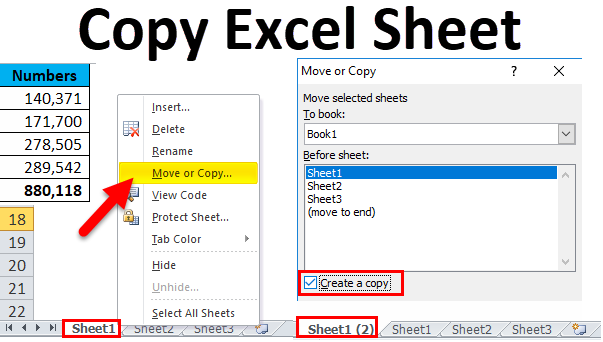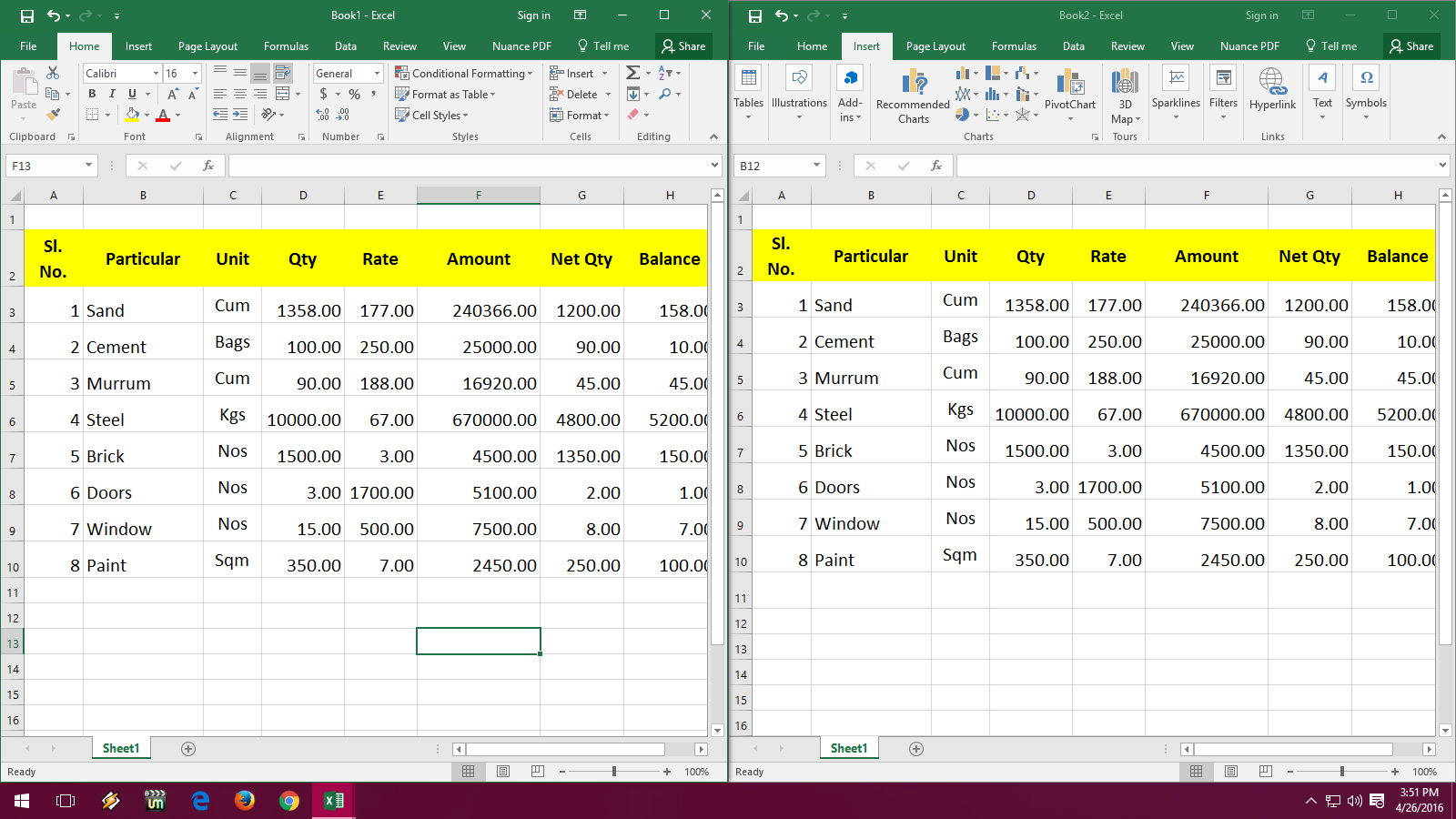5 Ways to Copy an Excel Sheet Quickly

Introduction to Copying Excel Sheets

Excel remains a staple in data management, analysis, and presentation for businesses, educational institutions, and personal use. Among the numerous functions, copying sheets within an Excel workbook or between workbooks is a common task. Here are five quick methods to accomplish this, ensuring efficiency and preserving your work’s integrity.
1. Using the Right-Click Context Menu

- Open your workbook and right-click on the sheet tab you want to copy.
- Choose ‘Move or Copy…’ from the menu.
- In the dialog, select where you want to move or copy the sheet.
- Check the box labeled ‘Create a copy’.
- Hit ‘OK’ to finalize.

2. Keyboard Shortcuts for Quick Actions

For those who prefer to navigate Excel using their keyboard, copying a sheet can be done in a few keystrokes:
- Hold Ctrl, then drag the sheet tab to where you want to copy it.
- Alternatively, select the sheet, press Alt+E, M (for Move or Copy), then press C to check the ‘Create a copy’ box, navigate using arrow keys, and hit Enter to confirm.
3. Dragging and Dropping with a Mouse

If you’re more comfortable with a mouse, this method is straightforward:
- Click the sheet tab you wish to copy.
- Hold down the Ctrl key while you drag the tab to a new position within the same workbook or into another open workbook.
🔎 Note: Dragging between workbooks requires both files to be open.
4. VBA Macro for Copying Sheets

For repetitive tasks or if you’re looking to automate the process, here’s a VBA (Visual Basic for Applications) approach:
Sub CopySheet() Dim SourceSheet As Worksheet Dim TargetSheet As Worksheet'Set the source sheet Set SourceSheet = ThisWorkbook.Sheets("Sheet1") 'Change 'Sheet1' to your source sheet name 'Create a new sheet and copy the contents SourceSheet.Copy After:=ThisWorkbook.Sheets(ThisWorkbook.Sheets.Count) 'Rename the new sheet if desired Set TargetSheet = ActiveSheet TargetSheet.Name = "NewSheet" 'Replace 'NewSheet' with your preferred name
End Sub
💡 Note: To use this macro, open Excel’s VBA editor (Alt+F11), insert a new module, paste the above code, and run it with F5 or by attaching it to a button.
5. The Excel Ribbon Method

The Excel Ribbon provides an alternative method:
- Select the sheet you want to copy.
- Go to the Home tab, find the Format dropdown in the ‘Cells’ group, and click on ‘Move or Copy Sheet…’.
- Proceed as in method 1, selecting the destination and ensuring the ‘Create a copy’ box is ticked.
Enhancing Productivity with Excel Copying Techniques

Copying sheets in Excel is more than a mundane task; it’s a gateway to increased productivity. These methods not only save time but also help maintain consistency across your data. By integrating these techniques into your daily workflow, you can:
- Speed up your work by reducing repetitive manual tasks.
- Ensure accuracy by duplicating data and formatting accurately.
- Collaborate more effectively by sharing standardized templates or reports.
Can I copy a sheet to another workbook?

+
Yes, you can copy sheets to other workbooks using the ‘Move or Copy’ method or by dragging the tab while holding Ctrl. Ensure both workbooks are open when dragging.
How do I rename a copied sheet?

+
Right-click on the new sheet tab after copying and select ‘Rename’. Alternatively, double-click the tab to rename it directly.
What if I only want to copy the data, not the formatting?

+
Select the data on your source sheet, press Ctrl+C to copy, then on the new sheet, right-click and choose ‘Paste Values’ (which pastes data without formatting) or use ‘Paste Special’ for more options.
Is there a way to copy multiple sheets at once?

+
Yes, you can group sheets by holding down Ctrl and clicking on each tab, then right-click any tab in the group and use the ‘Move or Copy’ dialog.
Can I automate copying sheets for a daily report?

+
Absolutely, using VBA macros. You can schedule or trigger the macro to run daily, copying data from your source sheets into a new report sheet.
By embracing these diverse techniques for copying sheets in Excel, you elevate your efficiency and data management capabilities, making routine tasks more productive and less time-consuming. Remember, mastering these methods can transform your Excel experience, allowing you to manage and analyze data with unparalleled ease and speed.